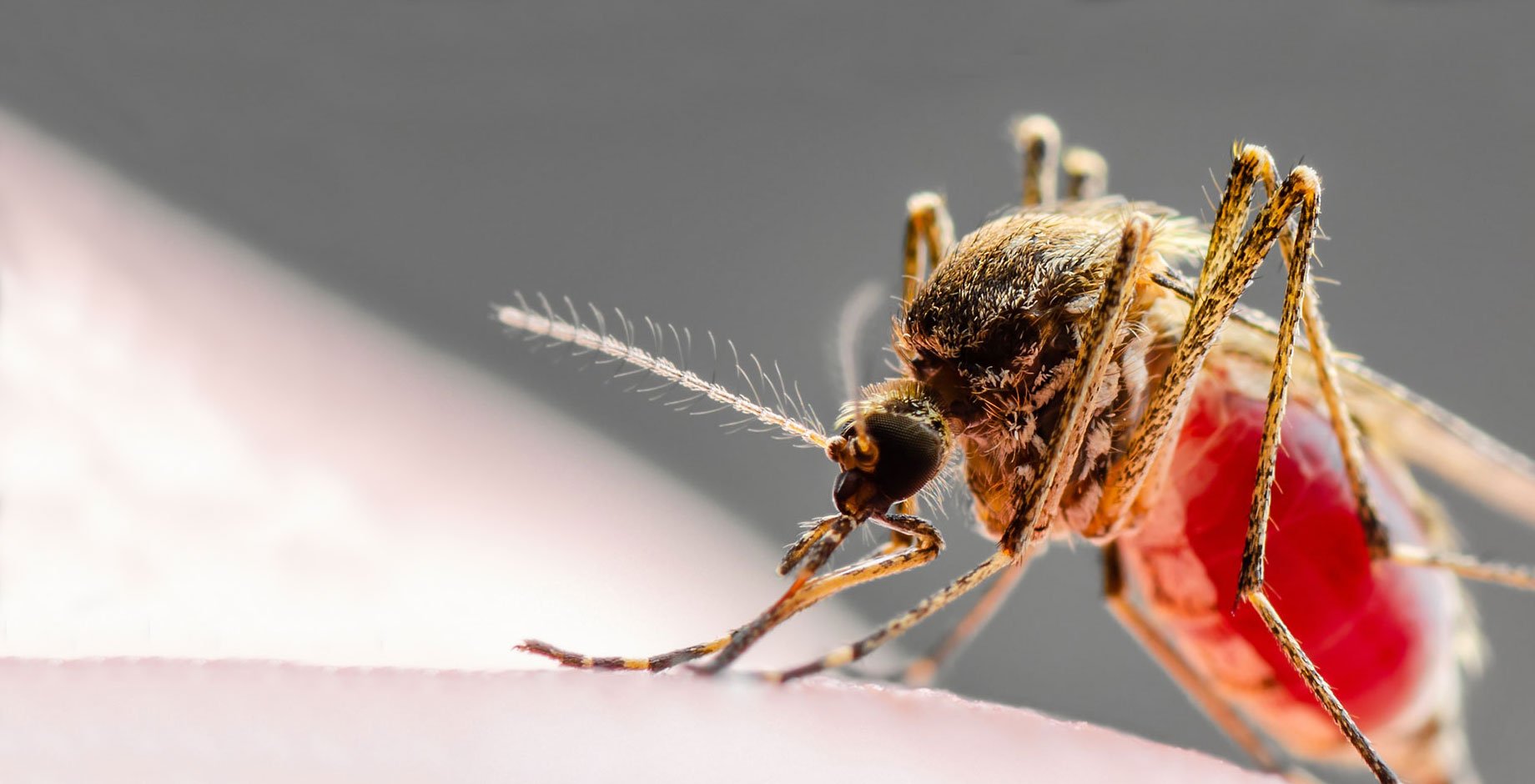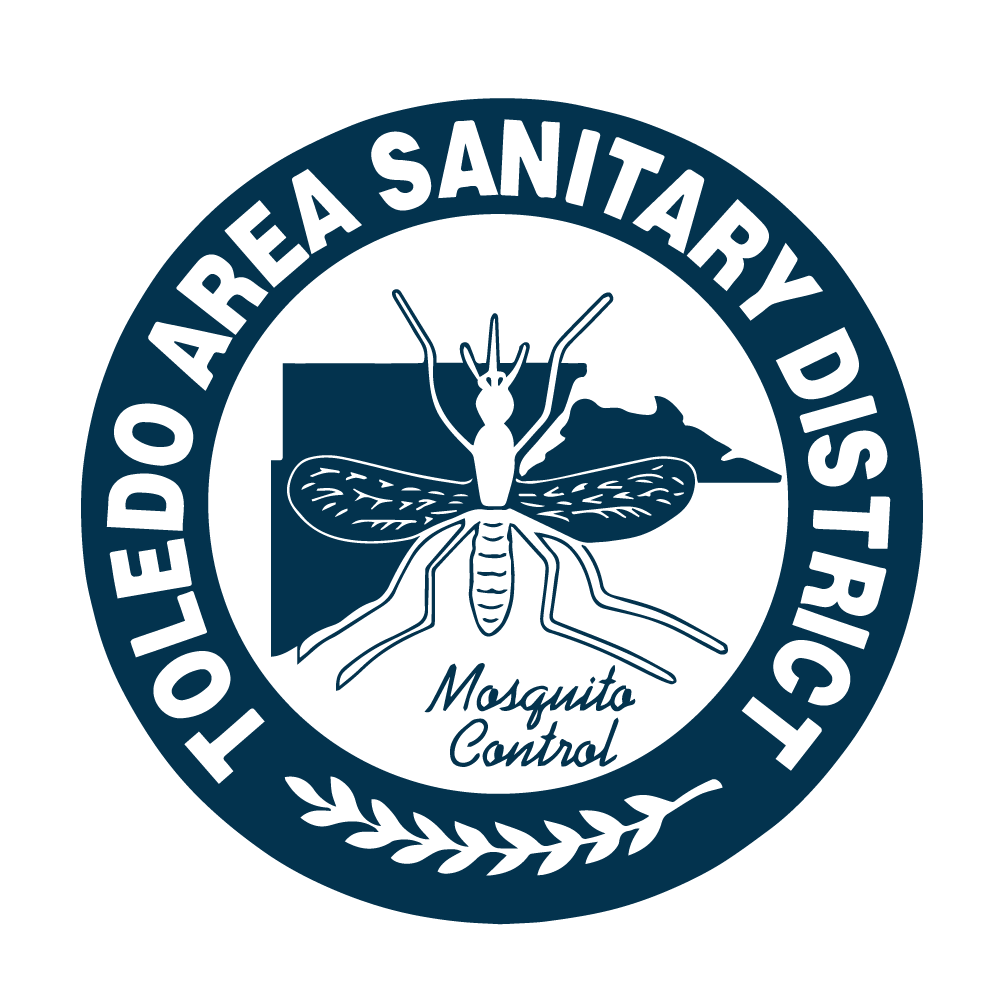
MOSQUITO LIFECYCLE
AND BREEDING HABITATS
MOSQUITO LIFECYCLE
Mosquitoes are holometabolous insects that go through several distinct stages of development. Depending on the temperature and other weather conditions, mosquitoes can complete their lifecycle development stages within one week. All mosquitoes require a water source to complete their lifecycle.
-
Mosquito eggs are laid one at a time and can be attached together to form “rafts” which float on the surface of the water. The female mosquito will seek out semi-permanent water sources to deposit these egg rafts, such as catch basins or water gardens. Other mosquitoes that do not make egg rafts will deposit her eggs on damp soil or inside artificial containers, waiting for the rain to flood the area or fill the containers, exposing the eggs to water for hatching. Most eggs hatch into larvae within 48 hours; others might withstand subzero winters before hatching. The egg is the part of the mosquito lifecycle primarily responsible for survival through winter.
-
Mosquito larvae live in water and come to the surface to breathe air. Larvae shed (molt) their skins four times, growing larger after each molt. Most larvae have siphon tubes for breathing and hang upside down from the water surface. Some larvae do not have a siphon and lie parallel to the water surface to get a supply of oxygen through a breathing opening. A few other species of larvae attach to plants to obtain their air supply. The larvae feed on organic matter in the water. During the fourth molt, larvae change into pupae. Depending on environmental conditions, larvae can develop into pupae in as little as four days.
-
Mosquito pupae are in a resting, non-feeding, development stage; however, pupae are mobile and respond to light changes by moving (tumble) with a flip of their tails (abdomen) towards the water bottom or protective areas. This is the stage when the mosquito physically changes into an adult. This process is similar to the metamorphosis seen in butterflies when the butterfly develops – while in the cocoon – from a caterpillar into an adult butterfly. In most mosquito species this takes about two days in the summer. When development is complete, the pupal skin splits, and the adult mosquito will emerge. Pupae must breathe air at the water’s surface or through the underwater portion of aquatic plants.
-
The newly emerged adult mosquito rests on the surface of the water for a short time to allow itself to dry and all its body parts to harden. The wings have to spread out and dry properly before it can fly. Blood feeding and mating does not occur for a couple of days after the adults emerge. Only females feed on blood and the primary food source for both males and females is sugar. Not all species of mosquito feed on people: some prefer other animals such as birds, amphibians, or reptiles. Flight ranges can also vary greatly: from under one mile to 10-20 miles per day from a breeding location. The lifespan of a female adult mosquito can last several months. This is the lifecycle stage that is a pest to humans and can spread disease.
MOSQUITO BREEDING HABITATS
-
(wetlands, marshes, retention ponds, etc.)
Coquillettidia spp., Anopheles spp., and Culex spp. routinely breed and emerge from these types of habitats. These mosquitoes can be an extreme nuisance for humans and they can potentially be involved in the transmission of diseases such as malaria, Eastern Equine Encephalitis (EEE), and West Nile Virus (WNV).
-
(ditches, floodwater, vernal pools, etc.)
These types of habitats produce the most abundant nuisance mosquitoes in Lucas County. Spring Aedes spp. mosquitoes emerge from vernal pools and can live through the entire summer. Summer floodwaters produce a large number of Aedes vexans mosquitoes that fly long distances and readily feed on people throughout the season.
-
(tree holes, rock pools, gravel, etc.)
These small, cryptic, water-holding locations can be very difficult to locate and treat, but can produce numerous mosquitoes. Aedes triseriatus, the Tree-hole mosquito, and the vector of LaCrosse Encephalitis can commonly be found in these locations. Aedes japonicus is another mosquito that breeds in these natural locations.
-
(tires, swimming pools, ornamental water gardens, catch basins, etc.)
These types of man-made containers can be found throughout areas where people live. They provide a perfect habitat for numerous species of mosquitoes to develop. Many of our disease concerns come from mosquitoes breeding in these types of habitats.
CHECK YOUR HOME
Inspect this home for examples of places that could breed mosquitoes and what you could do to eliminate them:









